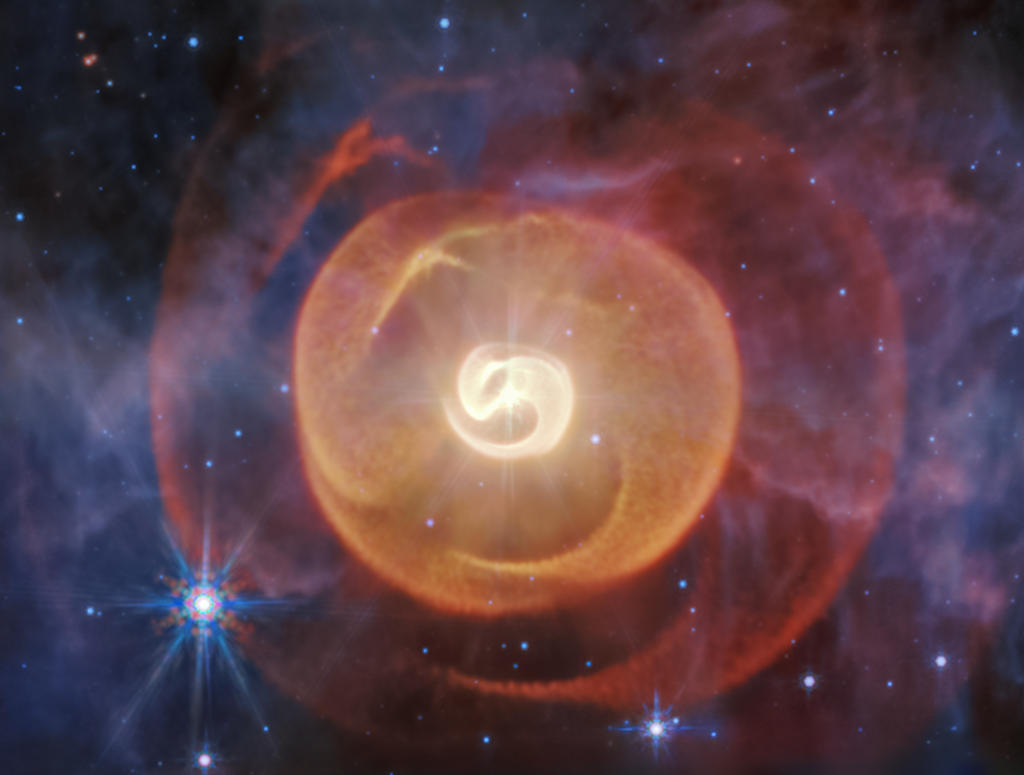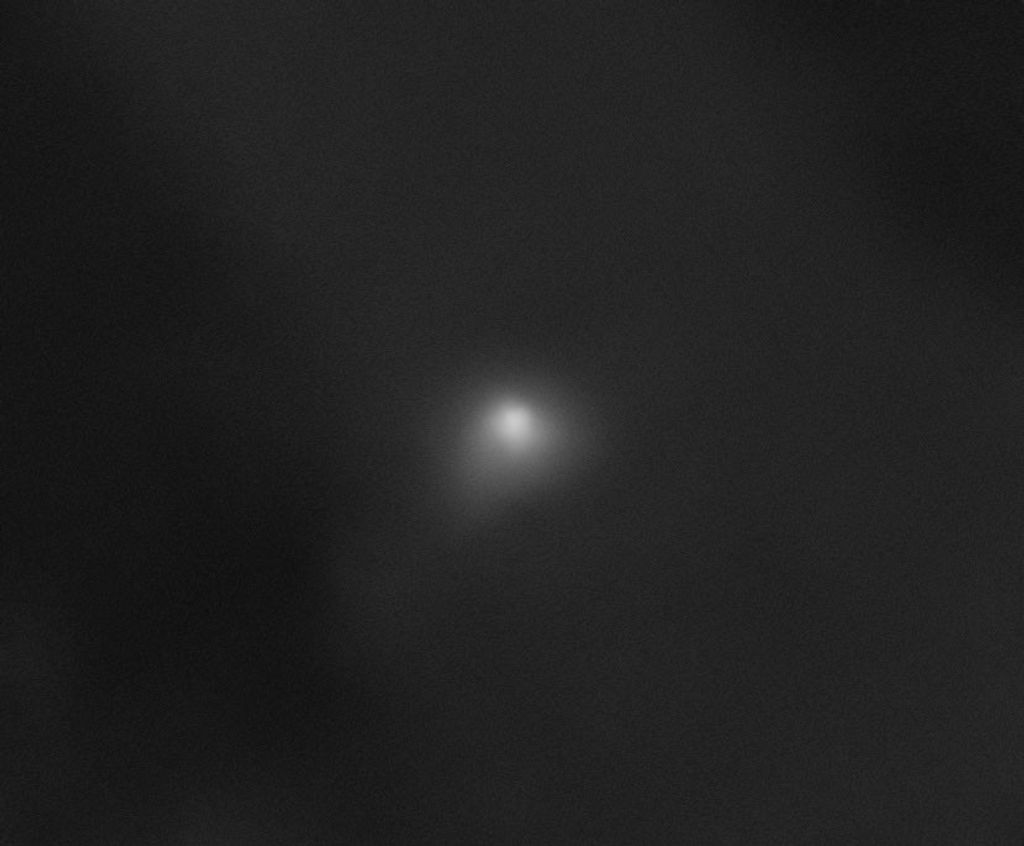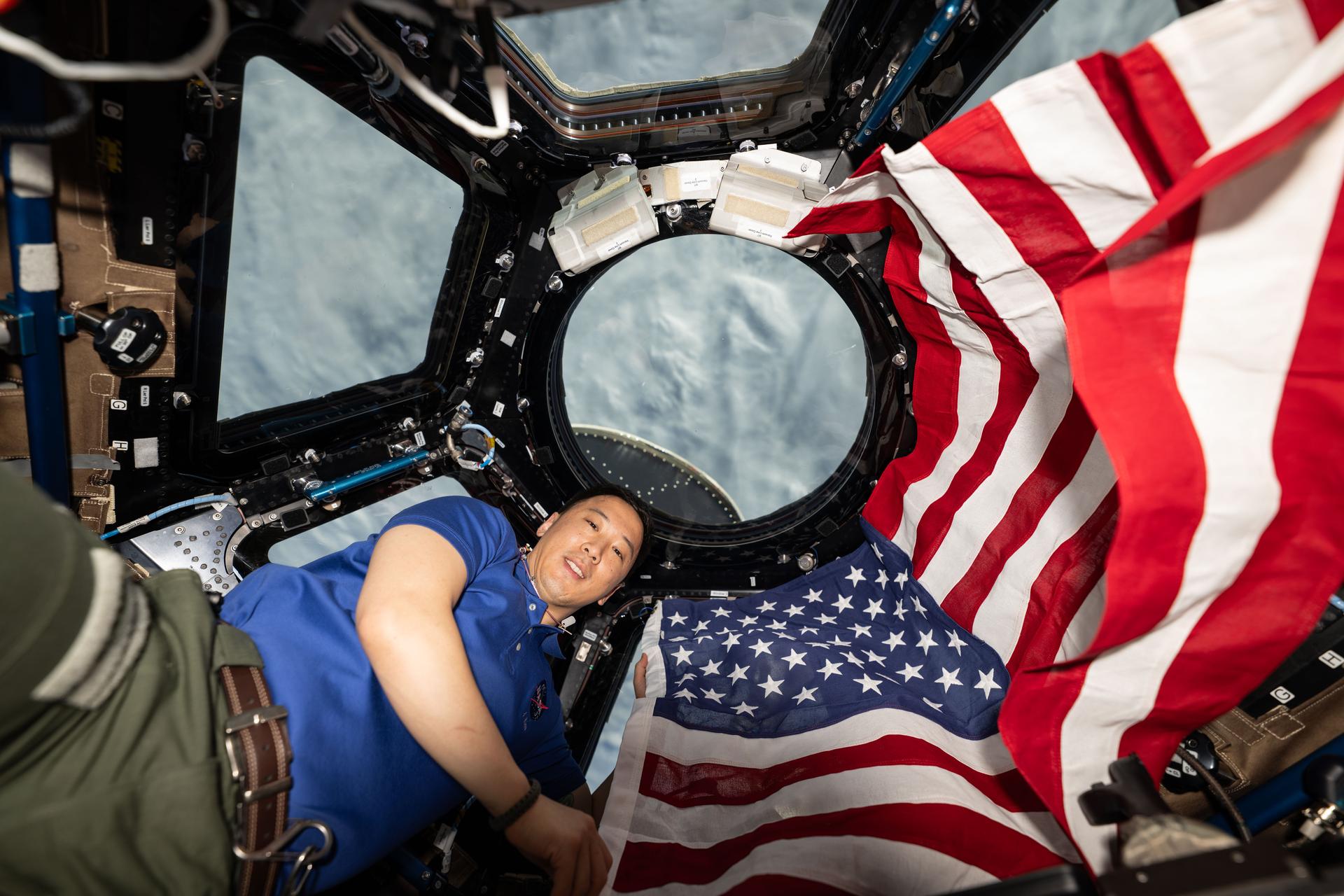Science Interest Group
Time Domain and Multi-Messenger Astrophysics
The Astro2020 Decadal Survey recommended an investment in Time Domain and Multi-Messenger Astrophysics (TDAMM) as the top-priority sustaining activity in space for the coming decade.
About TDAMM SIG
Time-Varying and Multi-Messenger Phenomena
TDAMM observations include characterization of exoplanet host stars, variable stars, fast radio bursts, and the regions closely surrounding supermassive black holes, to mention just a few.

This relatively new field burst onto the scene with the detection of neutrinos and photons from SN 1987A, and entered a new era in 2017, with the first detection of a binary neutron star merger, GW 170817 / GRB 170817A, in both gravitational waves and across the electromagnetic spectrum, and the second strong association between an astrophysical neutrino, IceCube-170922A, and a known source, the blazar TXS 0506+056. The field’s potential continues to grow as searches for electromagnetic counterparts to GW events continue and with the high-significance detection of neutrino emission from the galaxy NGC 1068.
Tasks for the TDAMM SIG may include any of the following:
- Provide analysis and feedback to NASA on the impact of the Astronomy & Astrophysics Decadal Survey on the subfield.
- Identify and articulate “science gaps”: gaps between the current state of knowledge in the subfield and the goals outlined by the Decadal Survey that require new data in order to fully define new missions (precursor gaps), prepare for approved missions that are in development (preparatory gaps), and maximize the science return from current missions (follow-up gaps).
- Serve as ambassadors to facilitate communications between NASA and the science community. In particular, act as the interface to relevant TDAMM communities outside NASA’s immediate sphere, e.g., ground-based observers, physics facilities.
- Engage in scientific discussions and exchange of ideas through meetings and seminars to make best use of NASA assets for current research and to assist NASA in strategic planning in TDAMM activities.
- Propose and organize TDAMM sessions at conferences and arrange other public meetings as appropriate.
- Establish and disseminate best practices for conducting TDAMM science, for missions both in development and in operations, and for observers and investigators, including in regards to sharing and citing data in an era of open data.
TDAMM SIG Membership
Membership in the TDAMM SIG is open to the national and international scientific community without regard to institutional affiliation, education, or career status.
News & Events
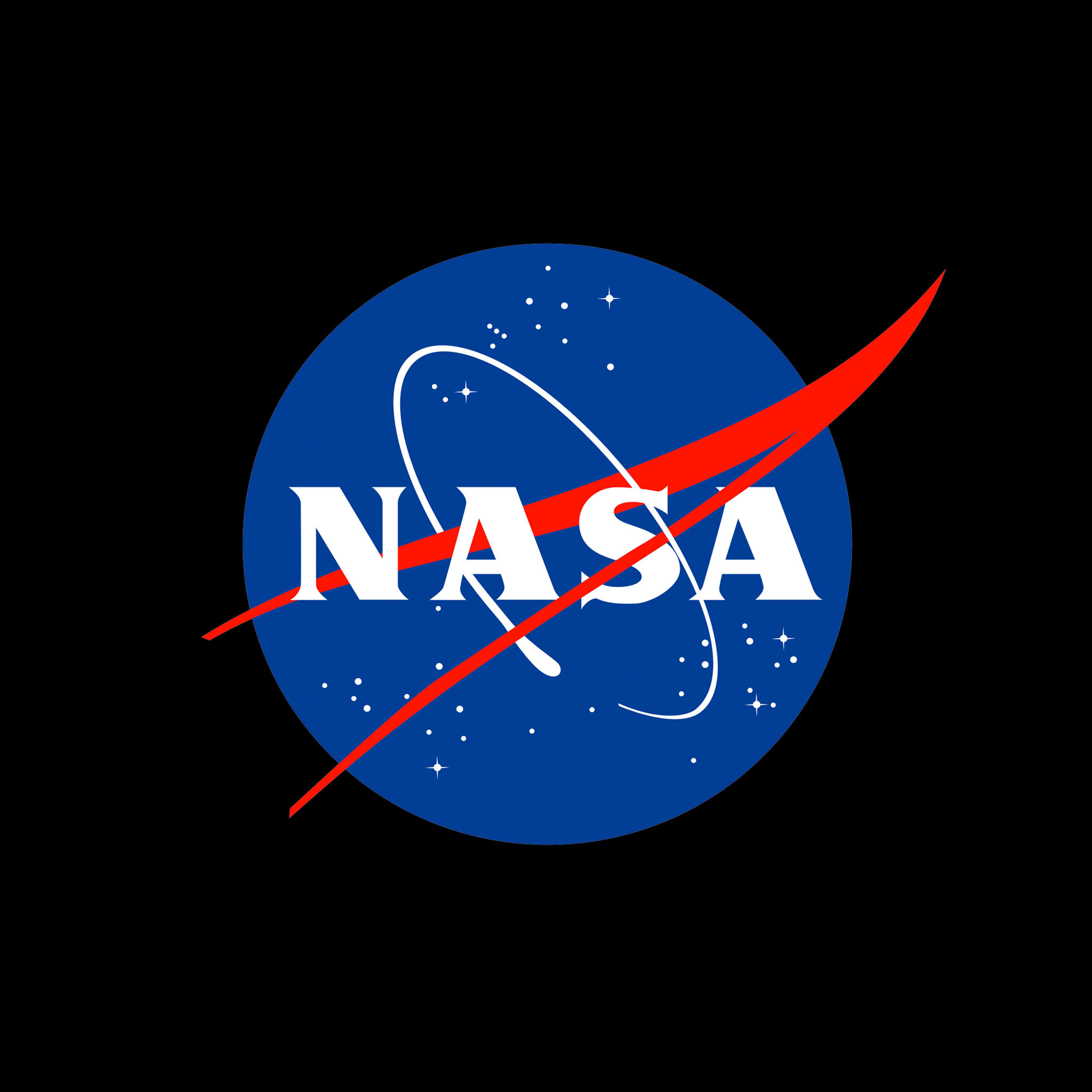
Louisiana State University, the DOE’s Los Alamos National Lab and Center for Nuclear Astrophysics Across Messengers, NASA’s Physics of the Cosmos Program, and possible future sponsors are happy to announce the workshop Multidisciplinary Science in the Multimessenger Era. The workshop…

Transient Science with Euclid — Early Results and Prospects Speaker Chris Duffy Abstract Euclid is a ESA mission launched in 2023 which began survey operations in 2024 using red visible and near infrared observations to explore dark matter and dark…

This relatively new field burst onto the scene with the detection of neutrinos and photons from SN 1987A, and entered a new era in 2017, with the first detection of a binary neutron star merger, GW 170817 / GRB 170817A,…

Swift and TDAMM: New Tricks for the Old Dog Speaker Prof. Jamie Kennea, Penn State University Abstract In this talk, I will discuss NASA’s Neil Gehrels Swift Observatory, which is now 20 years old. It is an epochal mission for…

Deadline: September 19th 11:59pm Central Time We are pleased to announce the registration is open for the 4th TDAMM Workshop: Advancing Community Observing Plans for Rapid Follow-Up of Explosive Transients October 27-30, 2025, in Huntsville, Alabama. NASA’s new Astrophysics Cross-Observatory…

NASA's new Astrophysics Cross-Observatory Science Support (ACROSS) initiative is organizing the 4th Time Domain and Multi-Messenger Astrophysics (TDAMM) Workshop. This workshop will focus on developing community observing plans to enable the rapid and coordinated follow-up of explosive transients by space-based…
Leadership Council
| Name | Institution |
|---|---|
| Rebekah Hounsell | UMBC / GSFC |
| Brad Cenko | NASA / GSFC |
| Brian Grefenstette | Caltech |
| Christos Panagiotou | MIT |
How to Participate
We invite participation from the community, particularly from early-career researchers and those from under represented backgrounds in astronomy. Please contact us for more information about our activities and mission, and how you can get involved.
Contact Us about How to Participate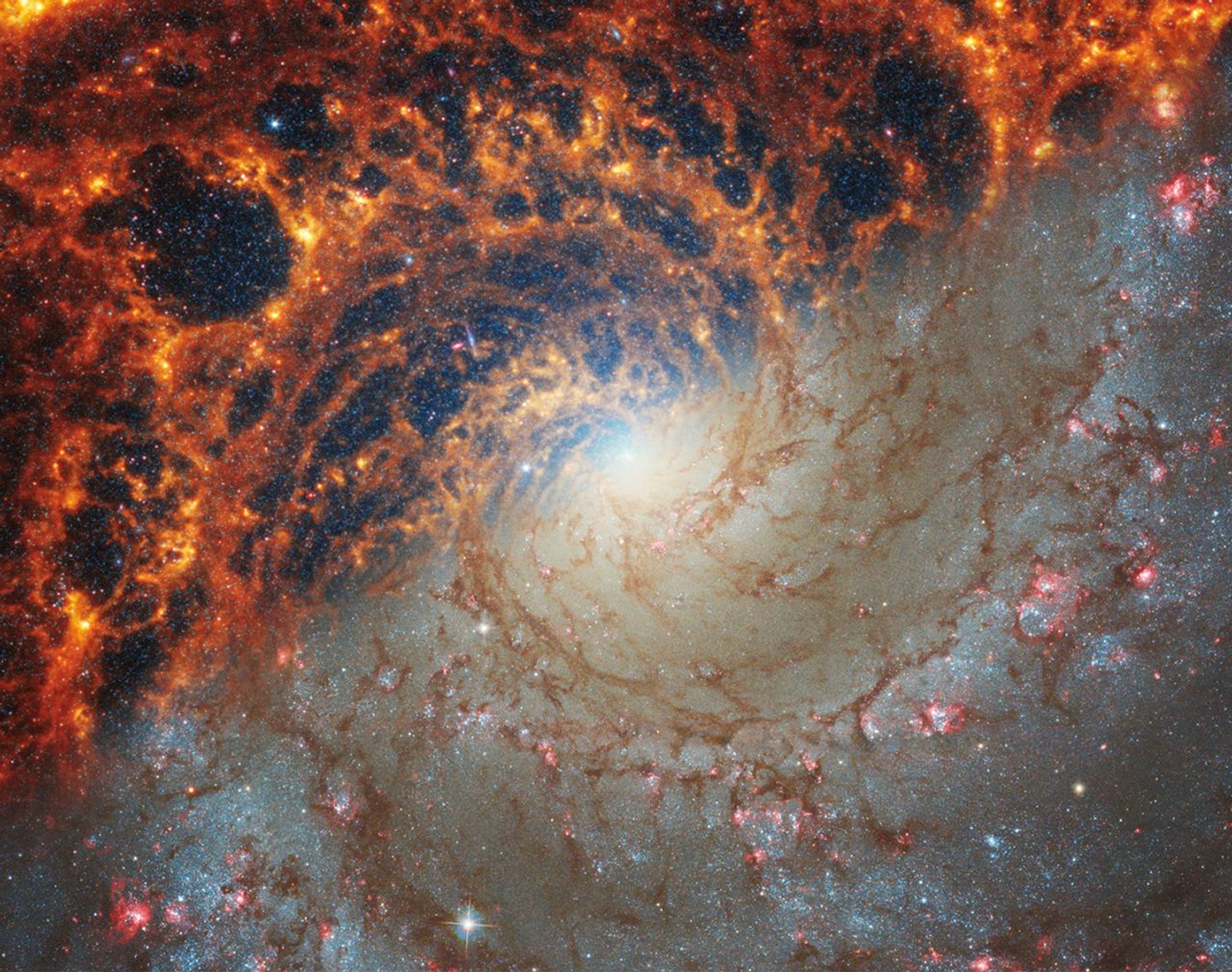
News Straight to Your Inbox
Subscribe to your community email news list
We will never share your email address.


